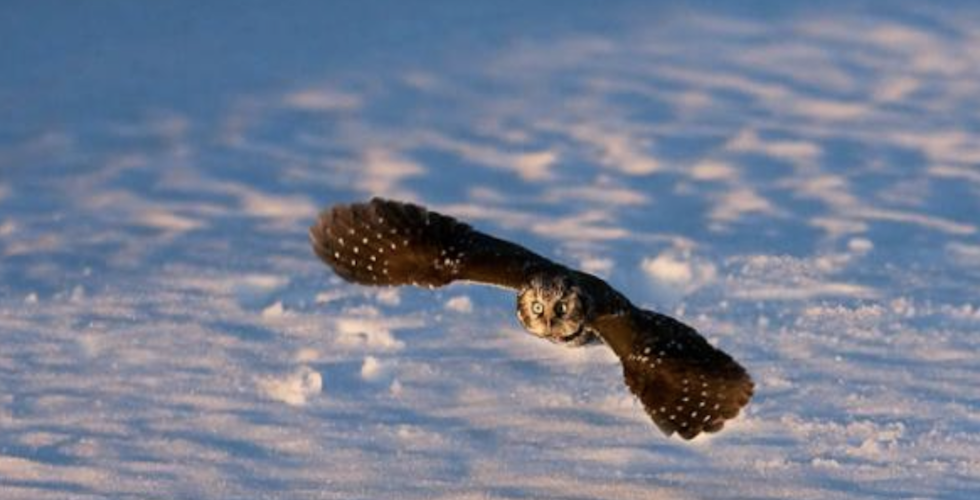
The Silent Flight of Owls and a Chance to Win a Signed Copy of Stan Tekiela’s Latest Book
In his new book Owls: The Majestic Hunters, award-winning author, naturalist, and wildlife photographer Stan Tekiela explains the importance of the silent flight of these magnificent birds. We’re also having a GIVEAWAY of Stan’s book. Read on and enter for your chance to own a SIGNED copy of Owls: The Majestic Hunters and a set of Owls playing cards.
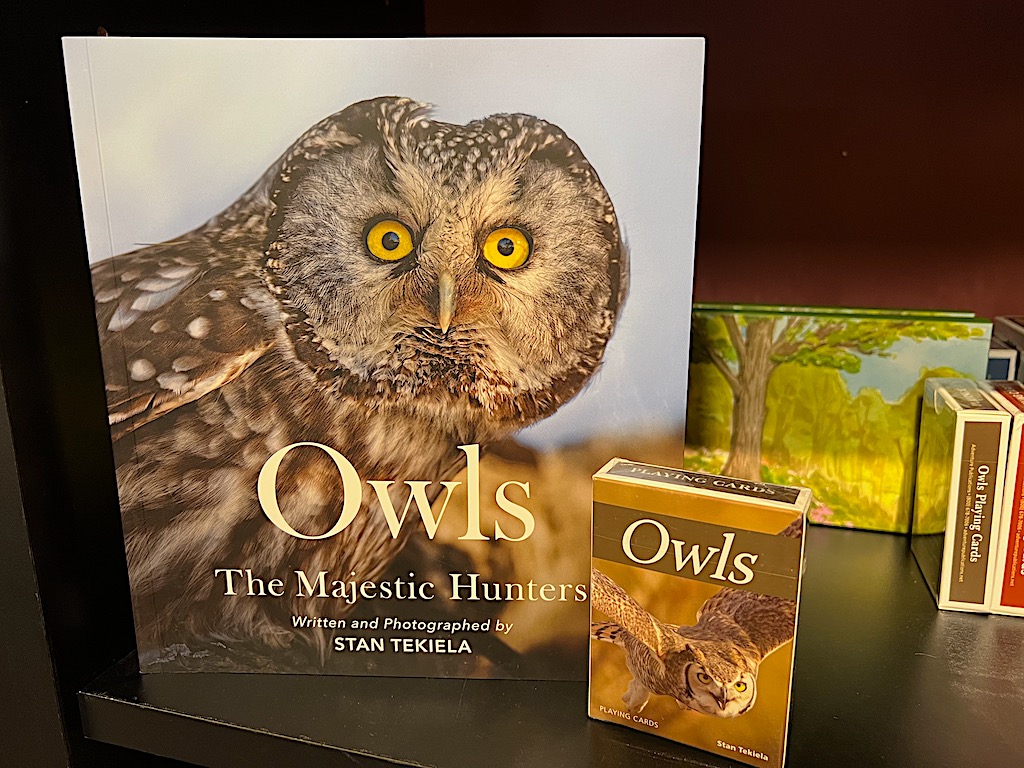
Feathers are a vital part of what differentiates birds from other creatures. And owl feathers are distinctive, even among birds. When woodpeckers and other birds fly, their wings greatly disturb the air, causing noisy turbulence. Most owl species have extraordinary, specialized flight feathers that don’t disturb the air as much, muffling the noise and allowing for silent flight.
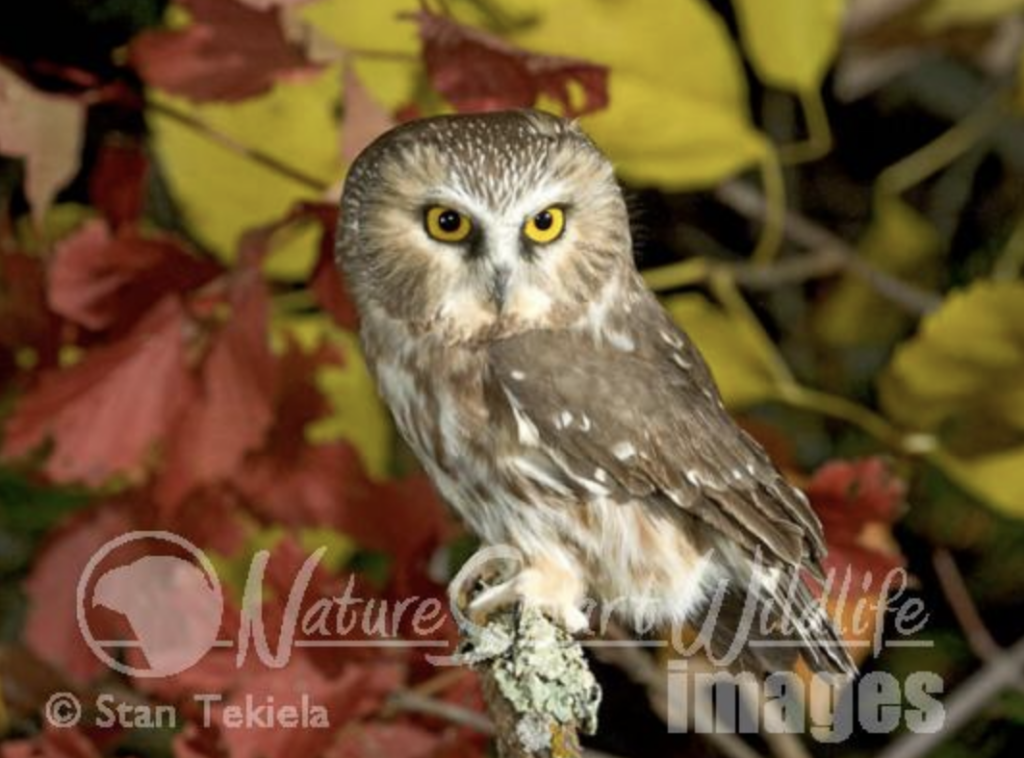
Some primary flight feathers in owls have a comb-like rigid structure along the leading edge. In addition, the trailing edge and the tips of the flight feathers are trimmed with a hair-like soft fringe. Presumably, both stiff and soft fringes work together to muffle or reduce air turbulence and diminish flight noise.
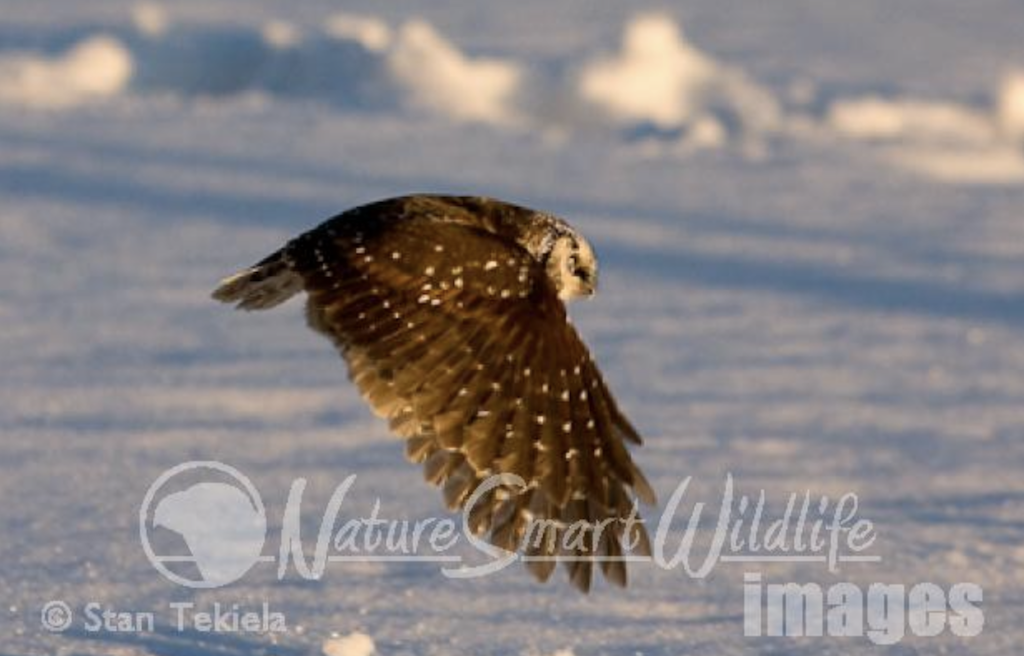
In addition, owls have fine, hair-like down on the upper surfaces of their primary and secondary flight feathers, near the base. This soft down pile cushions flight feathers against each other, reducing rubbing and greatly decreasing the sound that feathers make during takeoff, flight, and landing.
These exceptional features permit owls to fly with stealth and are a key reason they are such efficient predators. Fringe and down pile are well developed in Boreal Owls, Northern Saw-whet Owls, and others that hunt small animals at night—the dark time when keen hearing and quiet are needed to catch hidden prey moving under leaves or snow. Attributes of silent flight are less evident in Ferruginous Pygmy-Owls, Elf Owls, Northern Hawk Owls, and others that locate insects by eyesight or that hunt other prey during the day.

Silent flight is not only great for sneaking up on prey, but it also enables owls to hear sharply while flying, resulting in more effective hunting. Imagine a mouse scampering under inches of leaves or hiding in a blanket of snow. A perching owl will cock its head slowly from one side to another to aid hearing, lock onto the location of the sound, and leap from its perch. If its wings made the typical whirring, whooshing, or humming noises similar to the sounds other birds make in flight, the owl would lose track of its prey amid the noise of its own wings and would be a less efficient hunter.
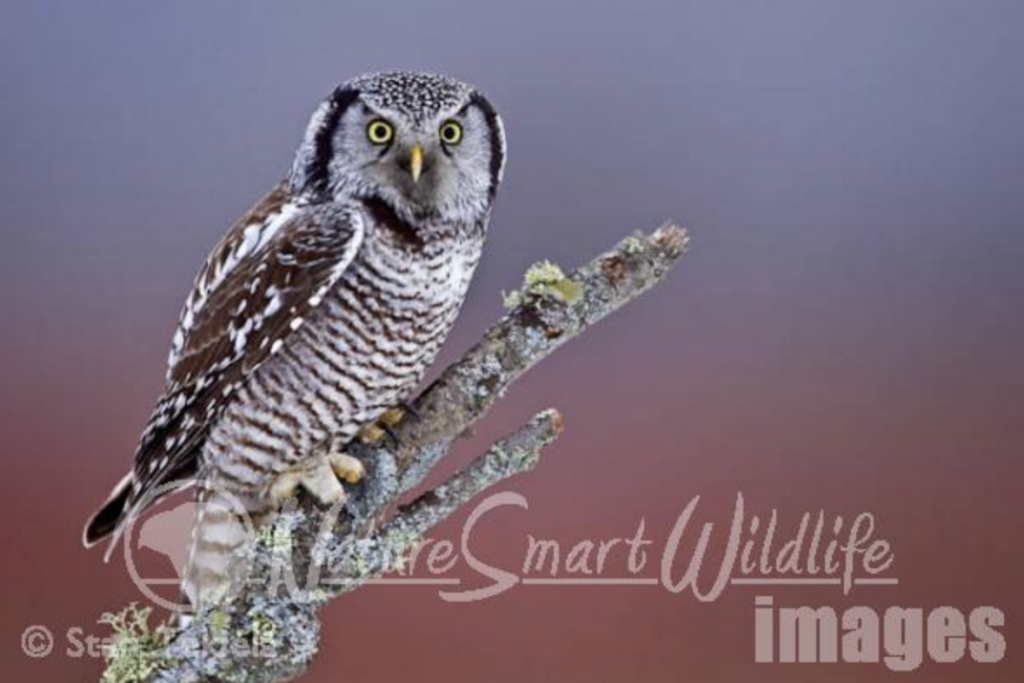
Unmatched by any other book on the market, Owls is a must-have for bird-watchers, wildlife enthusiasts, and nature lovers. The book will be available wherever books are sold as of June 13th.
If you enjoyed this post, sign up for our newsletter.


